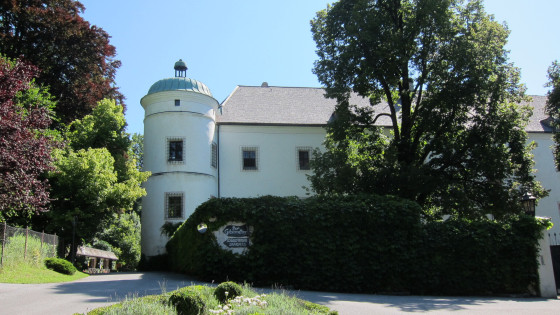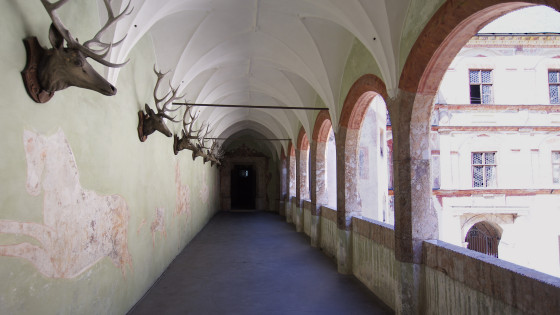Originally there was a border fortress against Bavaria here in the 13th century. It later served Emperor Maximilian I (1449 - 1519) as a hunting lodge. The original fortified castle was completely destroyed by fire. The emperor did not rebuild Tratzberg, but exchanged the ruins for a castle owned by the rich silver mine owners Tšnzel. In 1500, the Tšnzel family built the first late Gothic part of today's Tratzberg Castle in an unusually magnificent and lavish manner and had it decorated with marble, wood and iron works of extraordinary artistry.
In 1554, the wealthy Augsburg merchant Georg Ritter von Ilsung acquired the castle. Tratzberg was expanded and changed, influenced by the spirit of the Renaissance. The splendidly painted inner courtyard and exquisite Renaissance rooms bear witness to this.
In 1590 Tratzberg became the property of the famous and wealthy Fugger merchant family, who continued to furnish the castle. Most of the inventory still preserved today dates from this period.
After several changes of ownership, a period followed in which Tratzberg remained uninhabited for almost 150 years. Through the marriage of Franz Count Enzenberg to Ottilie Countess Tannenberg, the now almost neglected castle passed into the possession of the Counts Enzenberg in 1847, whose private residence it has remained to this day.
Source: Website of Tratzberg Castle

Western view of the castle. Here the visitors arrive.
Various views of the Renaissance courtyard.

Arcade in the inner courtyard.

Room with bay window

In the Habsburg Hall the Habsburg family tree is displayed on the walls. It begins with the battle of Rudolph of Habsburg against Ottokar of Bohemia in 1278 and ends with Charles V (148 figures on a total length of 46 m). The fresco dates from 1507/08.

The chapel with the late Gothic net vaulting was built by the Tšnzl brothers; some sculptures and panels date from this period, while the high altar dates from 1750 and shows the beheading of St. Catherine of Alexandria, patron saint of Tratzberg Castle.



